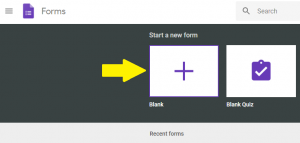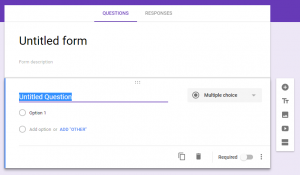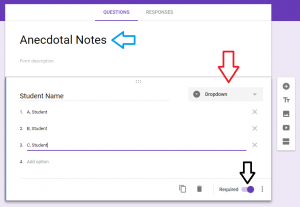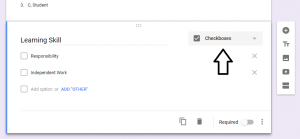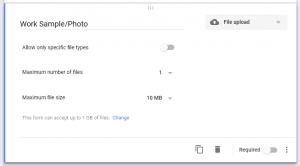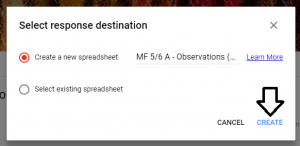I’ve never really been focused on grades in my classroom. Some educators and parents might find it shocking to read a teacher put that in print. However, what I mean is that I seldom talk to my students about levels and letter grades. I focus discussion around feedback, improvement, exemplars and success criteria. When rubrics were all the rage I used them rather unsuccessfully. I found that traditional 4 level rubrics were about evaluating after the fact rather than providing feedback that can be acted upon during the learning. Rubrics are sometimes handed to the students as a “big reveal” when the project has been evaluated without any chance for acting on feedback. I don’t believe that success criteria should be a secret to be kept from students. It isn’t fair that students are thinking, “Well, if you’d only told me that was an expectation I’d have been happy to include it. I can’t read the teacher’s mind!” Clear is kind. Be clear about the learning goals and success criteria for an assignment and give the students a rich task that they will have to dig into and get feedback to act upon during the learning.
Apart from the evaluative vs. the assessment function of a traditional rubric there are two other things that I dislike about the traditional 4 level rubric. The first thing is that traditional rubrics inform students about what the bare minimum is that they have to do to complete something. Some students will look at level 2 and do only just what it takes to fulfill that level. Secondly, level 4 is meant to go above and beyond the expectations. In a traditional rubric, students seeking level 4 don’t need to think outside the box at all. All of the criteria for a level 4 is clearly stated-no thinking necessary.
The answer to this assessment question? For me it was the Single Point Rubric. Using the single point rubric changed the learning for my students and shifted my assessment practices. It focuses on what the student is doing well, what the student can do to improve in the work and exactly what the learning goal and the success criteria is for the learning. However, it also allows for the above and beyond to be driven by the student. It lets the student pleasantly surprise the teacher with creative thinking. It is a clear and kind way to deliver feedback to students to encourage them to be successful in their learning.
I have included an example for a grade four Single Point Rubric Literary Response. Feel free to copy and change it to suit your needs.
If you would like to learn more about Single Point Rubrics:
Edutopia-6 Reasons to Try the Single Point Rubric



